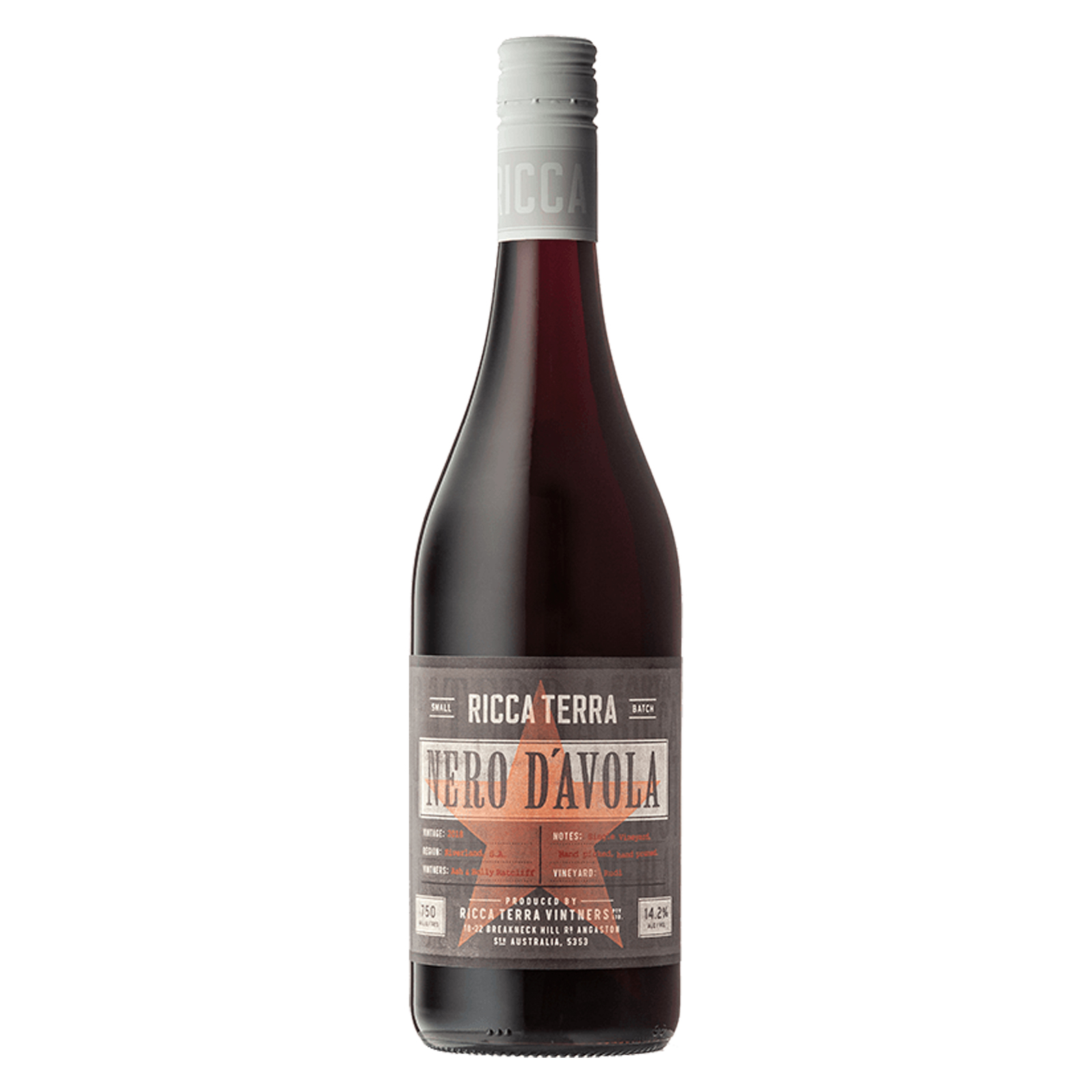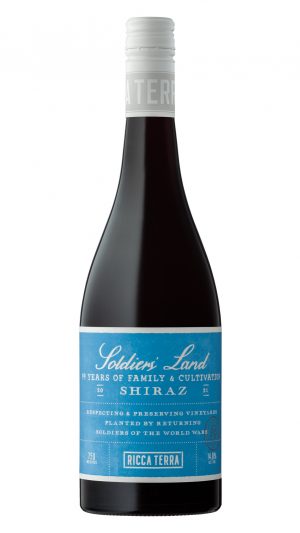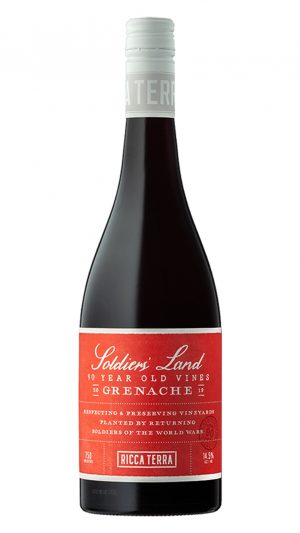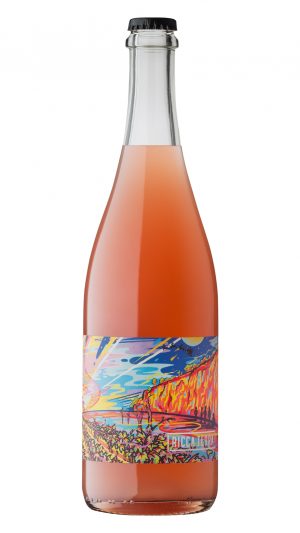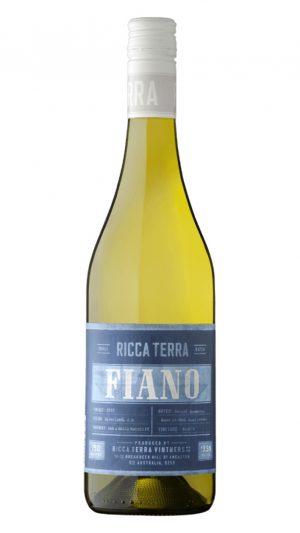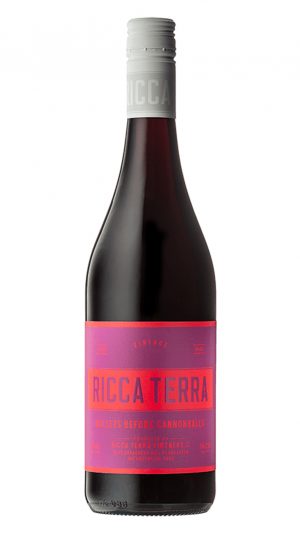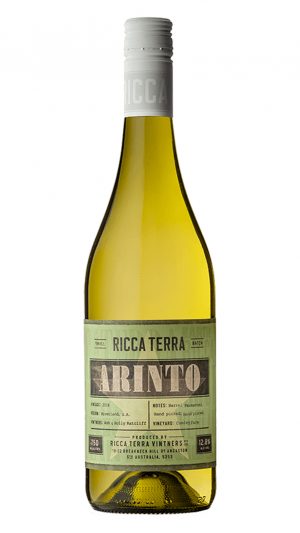Ricca Terra Nero d’Avola 2021
Type: Red
Country: Australia
Region: South Australia, Riverland
Grape Variety: 100% Nero d’Avola
Climate: Warm and dry climatic conditions
Terroir: Vines grow on a soilbed of deep sand intermixed with calcrete
Winemaking: The fruit was hand-harvested and cold-soaked overnight to intensify the colour and aromatics. Fermentation occurred naturally in old oak with whole clusters. Fermentation lasted about 10 days and the wine spent another five days on the skins, post-ferment. The lots were basket-pressed by hand to an old 500L French tonneau for ageing. After eight months the barrels were blended and racked to tank to settle. It was bottled without fining or filtration and just a small addition of sulfur at bottling
Color: Elegant red
Nose: Aromas of chocolate and tree bark
Palate: The palate is awash with cherries and thyme. It is a cut, slightly herbal style that has lots of zip on the palate with chalky tannins drawing the wine to a close
About the Winery:
Ashley and Holly Ratcliff’s Ricca Terra Farms set out to shake up perceptions of the Riverland as a region that only grew grapes for generic bulk wine. They believed that by implementing quality-minded practices and focusing on climate-apt varieties, they would be able to unlock the region’s potential. By any measure, they have succeeded, elevating the profiles of grapes like Nero d’Avola, Fiano, Aglianico and Arinto in the process. But that wasn’t all, with the Caravel Vineyard planted relatively recently to largely celebrate Portuguese varieties, like Touriga Nacional, Tinta Cão and Tinta Barroca, along with some more Italians. The fruit goes to their own Ricca Terra and Terra do Rio labels, as well as being sold to top makers around the region.
Today’s Ricca Terra farms are planted to some classic French mainstay varieties, like with much of the Riverland, but many are old vine plots from soldier settlement schemes from WWI and WWII. Along with renovating old olive groves and farmhouses, this is as much about preserving history as anything, with a raft of Italian and Iberian varieties taking the progressive lead across the 10 sites, with 80 hectares of land under vine, and over 30 grape varieties represented.

